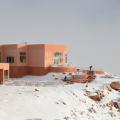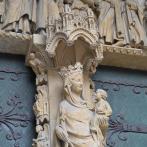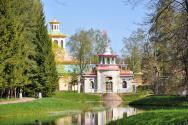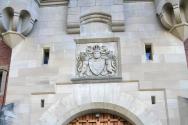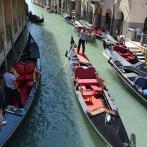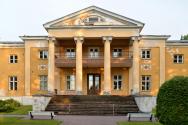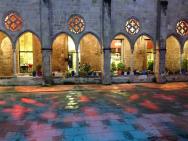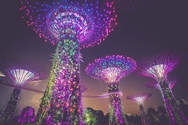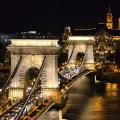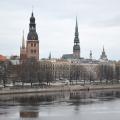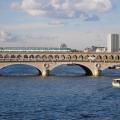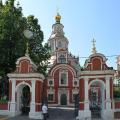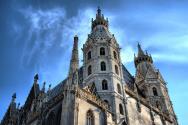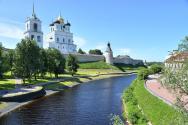0
Countries
Start marking places as "Been Here" to see how many countries you have visited
Browse countriesHohenschwangau, Germany
Hohenschwangau Castle
Hohenschwangau Castle
The knight's castle at this place was known since the XII century. It was called Schwanstein and it belonged to the family of Schwangau. When in the XVI century the knight's family line was interrupted, the castle began falling into decay and turning into ruins. And in 1829 when Maximilian, Crown Prince of Bavaria (future king Maximilian II of Bavaria) was travelling in this area, he purchased the land with the ruins of the castle.
The reconstruction of the Hohenschwangau Castle began in 1833 and lasted with some breaks till 1855. The main architect was a German painter of the Romanticism Domenico Quaglio. He created the building in Neo-Gothic style and it became a summer and a hunting residence of king Maximilian II of Bavaria and his wife Marie Fredericke of Prussia. Their children Ludwig II and Otto I lived in a separate building.
After the father's death his elder son Ludwig II became the king and moved to his father's room in the Schwanstein castle. Ludwig liked living there, especially when his own work - a fairy Neuschwanstein Castle - began growing outside the window. Approximately at this time they started to call the old castle as the Hohenschwangau ("High Swan County").
After king Ludwig's death his mother as well as Prince Regent Luitpold of Bavaria continued living in the Hohenschwangau castle. After Luitpold's death in 1912 the museum was opened in the fortress. But the castle still belongs to the descendants of Bavarian royal family - The House of Wittelsbach. The modern musuem complex is very popular among tourists and it includes the Hohenschwangau Castle, the Neuschwanstein Castle as well as the museum of Bavarian kings.
CONTACTS
Address
Alpseestraße 30, 87645 Hohenschwangau
Website
http://www.hohenschwangau.de/Phone
+49 8362 930 830

